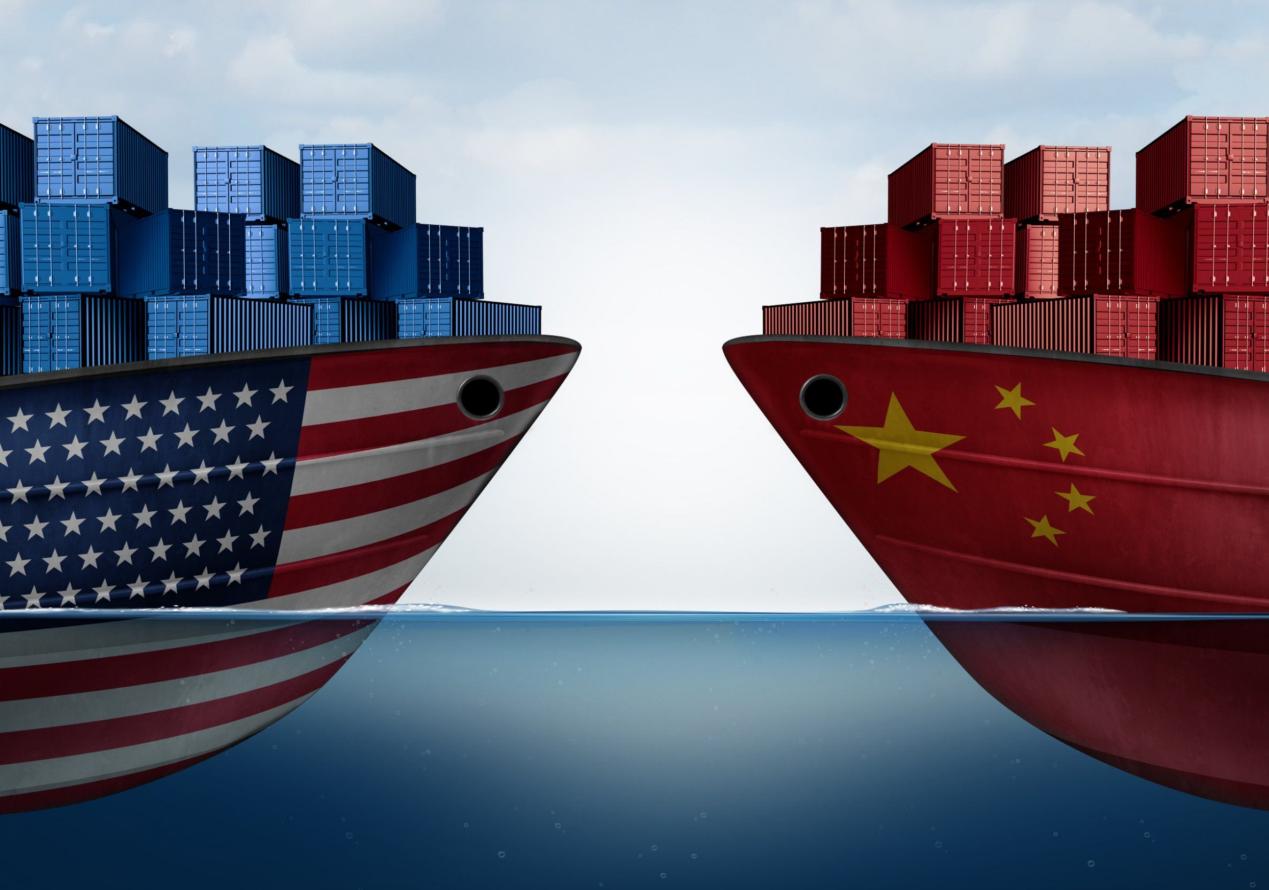
In the early spring of February 2025, a trade showdown without gunfire reignited between Washington and Beijing. The U.S. government, citing fentanyl concerns, announced a 10% tariff hike on all Chinese imports, attempting to exert economic pressure. Just ten days later, China’s Ministry of Commerce issued a calibrated response: starting February 10, tariffs of 10% to 15% would be imposed on U.S.-origin coal, liquefied natural gas (LNG), crude oil, and large-displacement vehicles. While superficially a tit-for-tat exchange, this tariff clash stirred a vortex far deeper than appearances suggested in the undercurrents of global supply chains—a turbulence quietly revealing the divergent strategic foundations of the two economies.
The financial statements of U.S. shale gas companies tell a revealing story. Energy traders in Texas watched as LNG carriers once steadily bound for Asia began altering course. After China’s 15% tariff hike, the landed price of U.S. LNG in China now exceeded Qatari supplies by 8%. Though seemingly marginal, this gap proved decisive in the world’s largest natural gas import market, where annual purchases surpass 80 million tons. Data from the Shanghai International Energy Exchange showed that China’s three major state-owned oil giants had swiftly activated contingency plans, slashing Q2 2025 U.S. LNG procurement by 42%, with the shortfall filled by Russia’s Arctic LNG-2 project and Australia’s Prelude floating facility. This agile supply chain adjustment resembled a tai chi-like maneuver of supple resilience, dissolving U.S. price advantages into thin air.
Along the Gulf Coast refineries, a different anxiety took hold. China’s 10% tariff on U.S. crude oil struck precisely as American shale producers were ramping up output. The narrowing spread between West Texas Intermediate (WTI) and Brent crude—down to $1.50 per barrel—had already pressured margins, but the new tariffs effectively reset U.S. crude competitiveness in China to pre-shale revolution levels. A Shandong-based refinery executive remarked with diplomatic nuance: “We appreciate the supply from U.S. shale producers over the past decade, but cost security now takes precedence.” Behind such polite phrasing lay two decades of strategic groundwork in China’s energy diversification: by January 2025, Middle Eastern crude accounted for 52% of Chinese imports, while Russia and Brazil collectively reached 28%, reducing U.S. crude’s 1.7% share to a mere contingency in supply chain resilience tests.
In Detroit, automotive engineers never imagined that a policy tweak in China could reverberate so forcefully through their assembly lines. When China’s composite 25% tariff on U.S.-made large-displacement vehicles took effect, the landed cost of a Ford F-150 Raptor instantly surged by 120,000 yuan—a figure that sent dealership sales directors scrambling to revise price tags overnight. More intriguing was the policy’s surgical precision: the 3.0L engine displacement threshold neatly targeted American automakers’ flagship models while leaving European brands an escape hatch. Relocating production of vehicles like the Mercedes GLE or BMW X5 from Alabama back to Munich or Shenyang could bypass the tariffs, triggering a flurry of transatlantic boardroom calls. Meanwhile, construction accelerated at Audi’s new energy vehicle plant in Changchun—a silent testament to shifting industrial tides.
Market reactions outpaced political rhetoric. Data from Shenzhen’s Qianhai cross-border trade hub revealed a 67% plunge in U.S.-made vehicle orders during the tariff’s first week, while shipments from Germany’s Bremerhaven to China surged by 40%. This divergence mirrored the strategic depth of China’s economic ecosystem: as U.S. automakers calculated lobbying costs in Washington, parallel import dealers in Shanghai’s free trade zone had already forged new Middle Eastern re-export channels. A Guangzhou luxury car dealer put it bluntly: “Consumers won’t wait for political negotiations—their wallets vote faster than tariffs take effect.”
In the global echoes of this confrontation, two contrasting philosophies of development grew starker. While U.S. shale firms resorted to dumping LNG in Europe at $2.8 per million BTU, Chinese energy giants inked a 20-year clean coal technology pact with Kazakhstan. As Detroit factories debated production cuts, Hefei’s new energy vehicle parts park welcomed 34 U.S. suppliers. These disparities extended beyond tactical responses, rooted in fundamentally different visions of globalization: one clinging to 20th-century tariff walls, the other weaving a 21st-century symbiotic supply chain ecosystem.
The clock of international trade waits for no nation. While U.S. trade representatives lamented “excessive Chinese retaliation” at congressional hearings, cranes at Qingdao Port loaded Texas-bound shipments of tariff-exempt Chinese solar panels—products that may ultimately prove more effective at breaching trade barriers than any negotiation. History’s irony lies in this: as protectionism builds walls, market forces inevitably carve new channels beneath their foundations. Those who understand this truth have long set their sails to catch the shifting tides.

Since 2022, the Fed has cumulatively reduced its balance sheet by $2.4 trillion through quantitative tightening (QT) policies, leading to a near depletion of liquidity in the financial system.
Since 2022, the Fed has cumulatively reduced its balance sh…
On December 11 local time, the White House once again spoke…
Fiji recently launched its first green finance classificati…
Recently, the European Commission fined Musk's X platform (…
At the end of 2025, the situation in the Caribbean suddenly…
The U.S. AI industry in 2025 is witnessing a feverish feast…